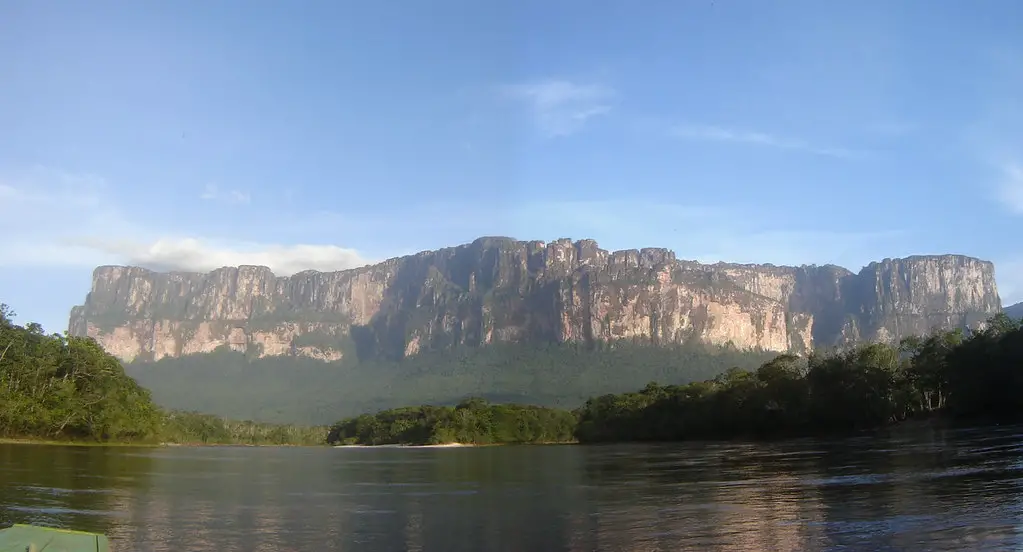💪 Support independent web, support us:
Angel Falls is the world’s highest uninterrupted waterfall located in the Canaima National Park in Venezuela.
What to see or do: – Marvel at the breathtaking 979-meter waterfall cascading from the Auyán-tepui mountain.
Don’t miss: – A helicopter flight over the falls for a once-in-a-lifetime experience.
Insider travel tips: – Visit during the rainy season (May to November) for the most impressive view of the falls.
2. Isla Margarita
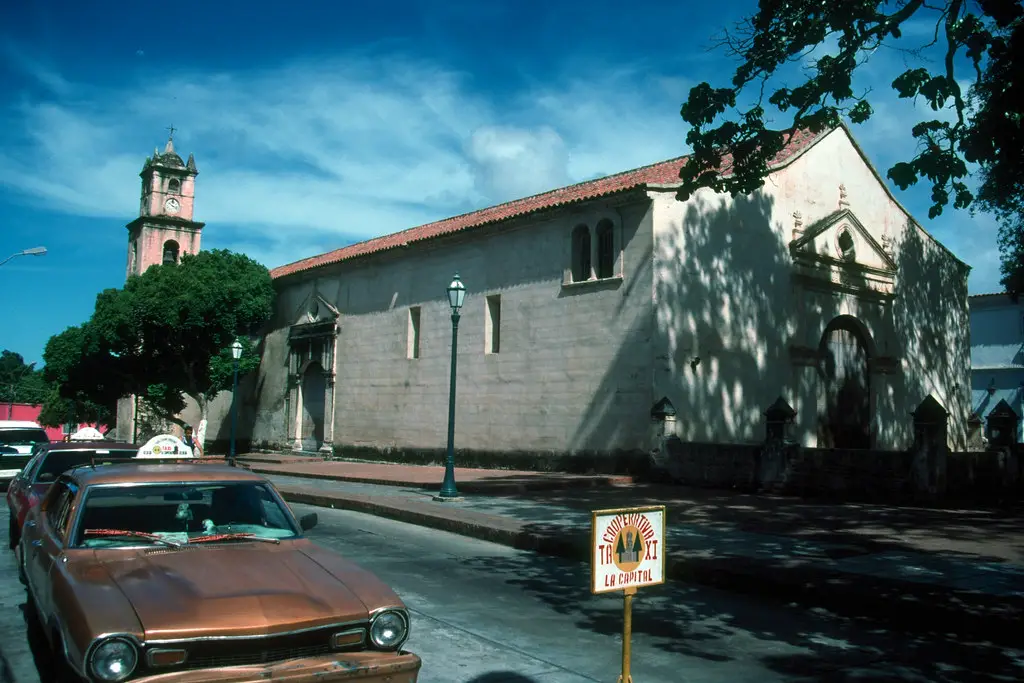
An island located off the northeastern coast of Venezuala in the Caribbean Sea.
What to see or do: Enjoy the island’s stunning beaches such as Playa El Agua, Playa Parguito, Playa Caribe, and Playa El Yaque. Take a boat tour to the National Park of La Restinga to observe the diverse flora and fauna.
Go shopping in Porlamar’s vibrant markets and visit the colorful Basilica Nuestra Senora Del Valle.
Don’t miss: The breathtaking sunset views from Playa Guacuco and sampling the local cuisine, especially the delicious seafood dishes.
Insider travel tips: Visit during the dry season (December to April) for the best weather, but be aware that the island can get crowded during this time.
It’s best to rent a car to explore the island as public transportation can be limited. Also, carry cash as credit cards are not widely accepted.
3. Orinoco Delta
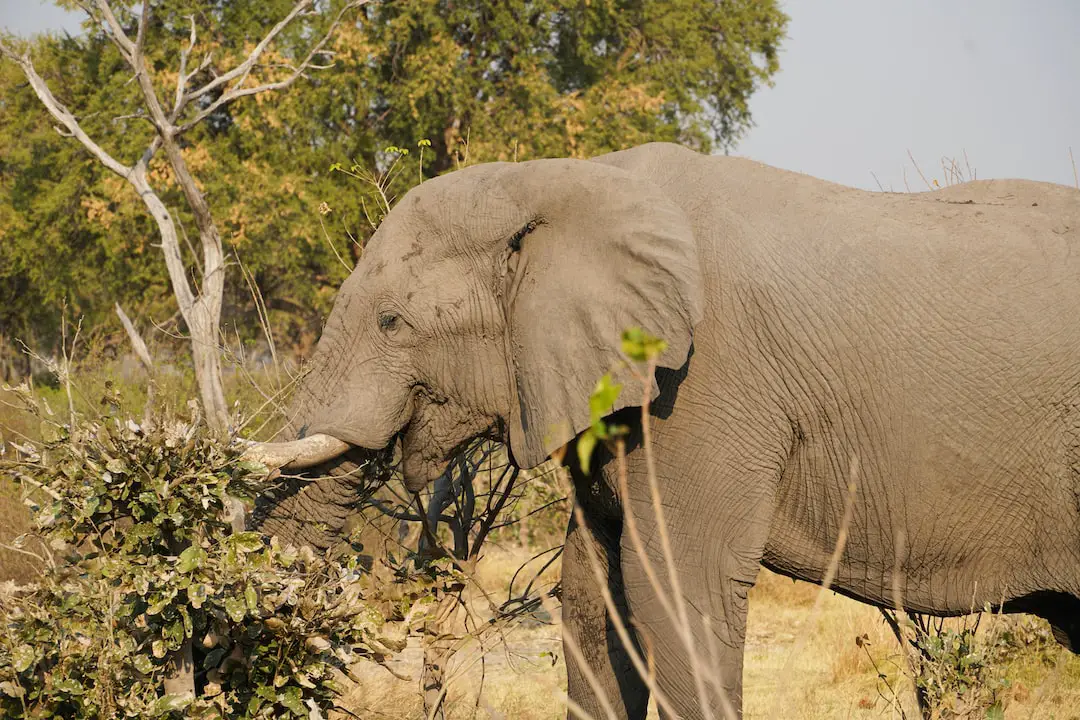
The Orinoco Delta is a vast wetland covering more than 25,000 square kilometers in northeastern Venezuela.
What to see or do: Visitors to the delta can experience the unique ecosystem by taking boat tours through the winding waterways and channels. You can expect to witness an abundance of wildlife, including river dolphins, manatees, monkeys, and hundreds of species of birds.
Don’t miss: A visit to a Warao indigenous community is an unforgettable experience. The Warao people are skilled boatmen and traditionally live in stilt houses above the water.
They offer visitors a glimpse into their culture and way of life, including their impressive handicrafts.
Insider travel tips: It’s best to visit the Orinoco Delta during the dry season (December to April) to avoid the heavy rains, flooding, and mosquitoes.
Be sure to pack protective clothing and insect repellent.
Hire a reputable guide or tour company to ensure you have a safe and enjoyable experience in this remote and unique region.
4. Morrocoy National Park
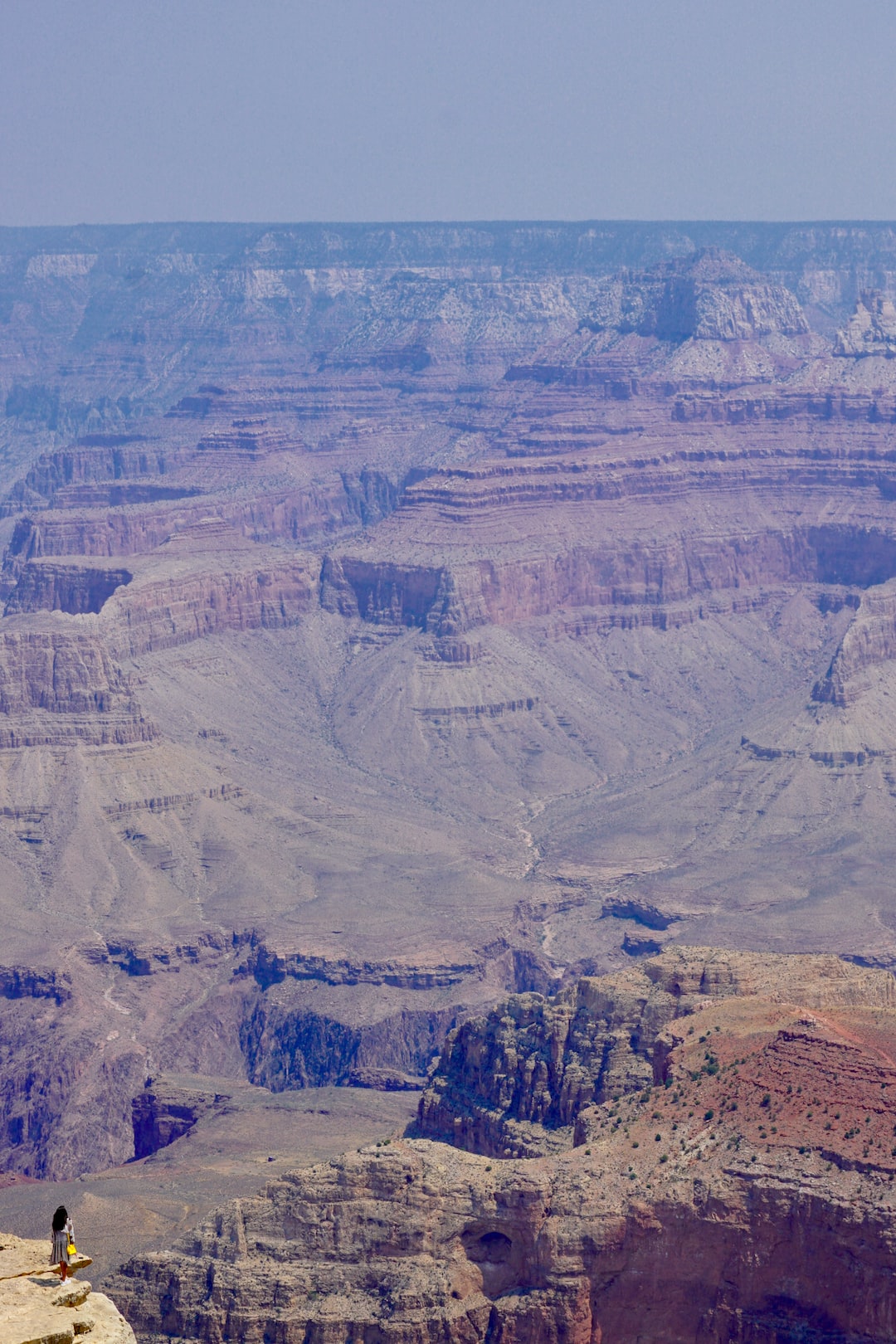
Morrocoy National Park is a protected area located along the Caribbean coast of Venezuela.
What to see or do: The park is known for its stunning beaches, mangrove forests, and coral reefs. Visitors can swim, snorkel, scuba dive, kayak, and sail in the turquoise waters.
The park also offers hiking trails through the mangrove forests, birdwatching opportunities, and even a chance to see sea turtles during nesting season.
Don’t miss: Some of the most popular attractions in the park include the beaches of Playa Mero, Playuela, and Cayo Sombrero.
Visitors should also take a boat trip to visit the small islands in the park, such as Cayo Muerto and Cayo Sal.
Insider travel tips: It’s recommended to visit in the dry season between December and April for the best weather and visibility for snorkeling and diving.
Be sure to bring plenty of sunscreen and insect repellent.
It can also be helpful to hire a local guide to get the most out of your visit to the park.
5. Los Roques Archipelago

Los Roques Archipelago is a cluster of islands located off the northern coast of Venezuela, known for their pristine beaches, crystal-clear waters, and coral reefs teeming with marine life.
What to see or do: – Snorkel or scuba dive among the vibrant coral reefs and colorful fish.
Don’t miss: – The Cayo de Agua beach, considered one of the most beautiful in the archipelago.
Insider travel tips: – Bring enough cash, as ATMs and credit card acceptance are limited.
6. Colonia Tovar
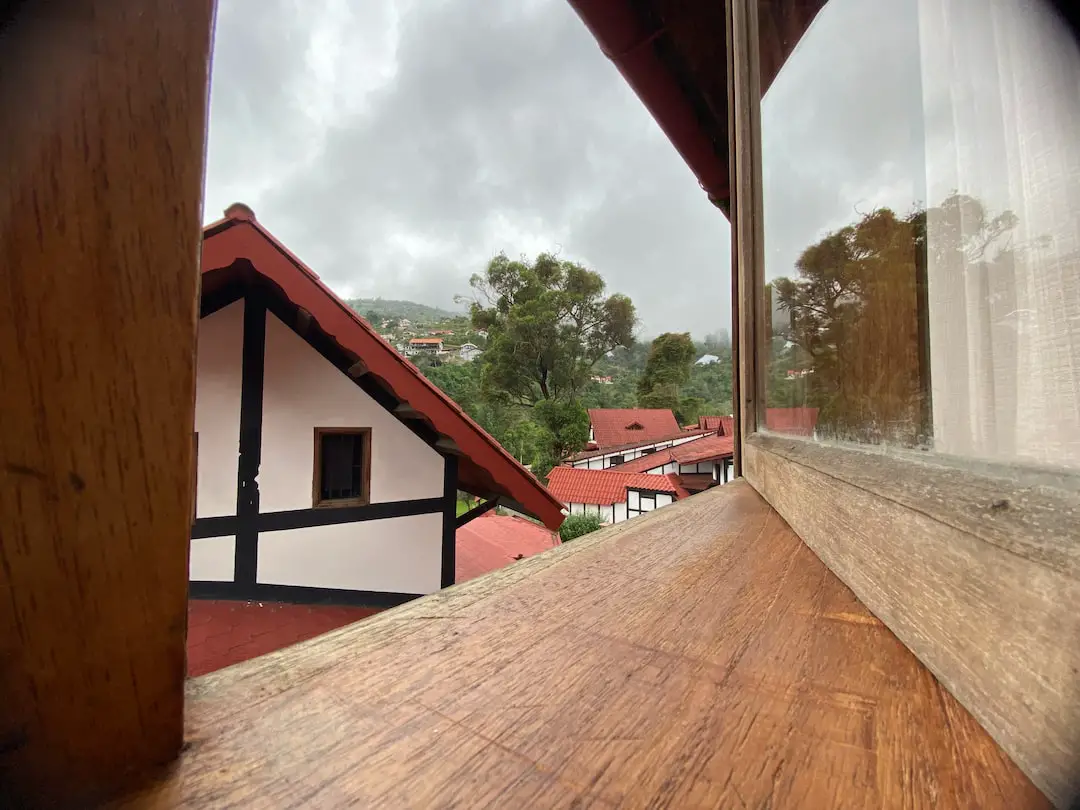
Colonia Tovar is a charming Alpine-style town located in the mountains of Venezuela.
Originally founded by German immigrants in the 19th century, it is now a popular tourist destination known for its unique architecture and cultural heritage.
What to see or do: Explore the town’s picturesque streets and buildings, including the iconic church and town square.
Don’t miss: The annual Oktoberfest celebration held in October, which features traditional German food, music, and beer.
Insider travel tips: The cooler temperatures in Colonia Tovar make it a great escape from the heat of the lowlands.
7. Parque Nacional Canaima
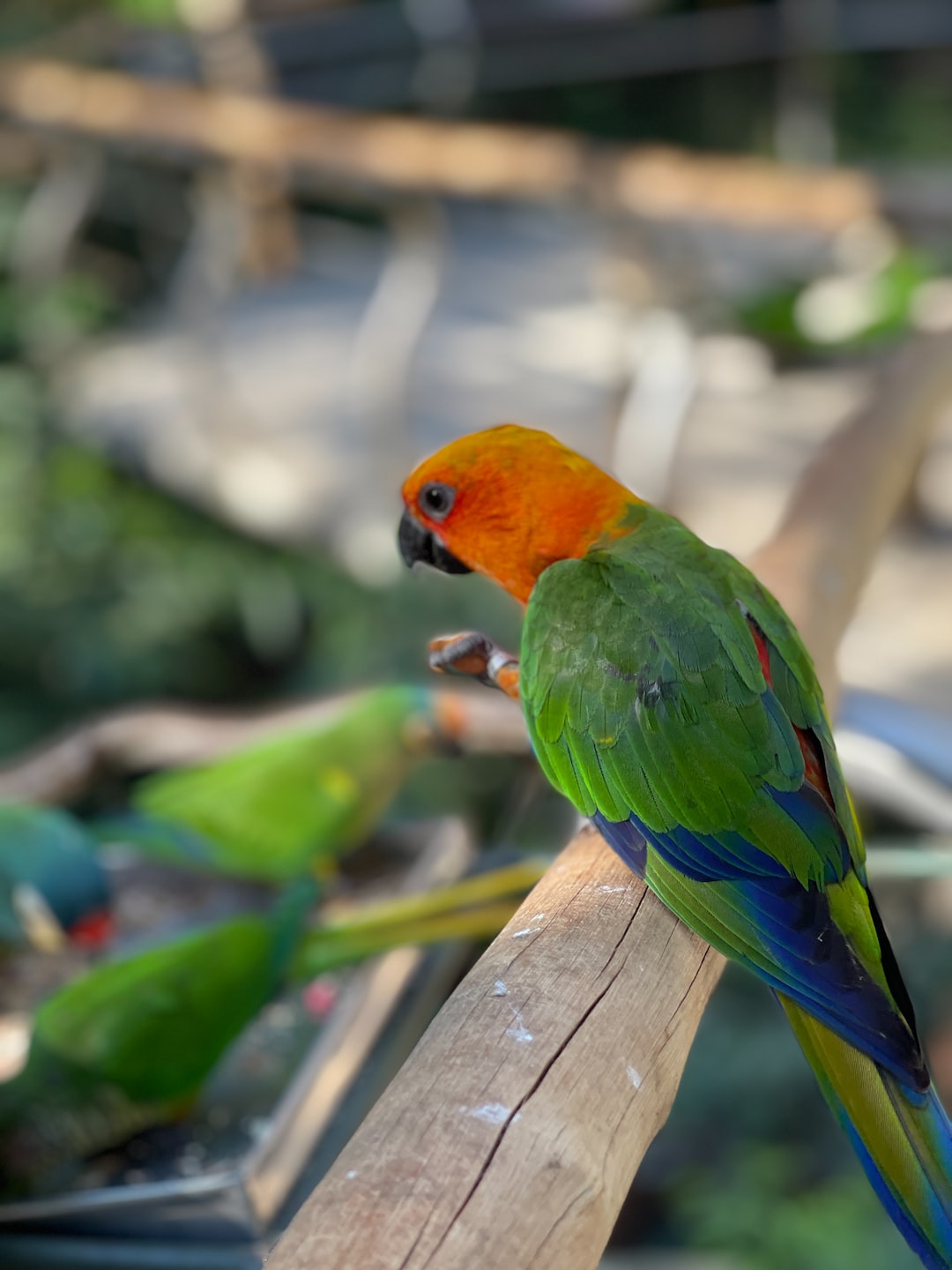
Parque Nacional Canaima is a national park located in southeastern Venezuela, bordering Brazil and Guyana. It is home to unique ecosystems, including the world-famous Angel Falls, the highest waterfall in the world.
What to see or do: Apart from the Angel Falls, visitors can explore the lush rainforests, winding rivers, and towering table mountains called tepuis.
The park offers numerous opportunities for hiking, birdwatching, and wildlife spotting, including the chance to see rare species such as jaguars and giant otters.
Don’t miss: A visit to Angel Falls is a must-do.
Visitors can either hike to the base of the falls or take a thrilling boat ride upriver to the viewing platform for an unforgettable sight of the cascading falls.
Insider travel tips: Visitors are recommended to book a tour with a reputable guide or tour operator to ensure a safe and enjoyable visit.
It can be challenging to navigate the park’s remote and rugged terrain without an experienced guide. It’s also essential to bring plenty of insect repellent, sunscreen, a hat, and comfortable hiking shoes.
Finally, be prepared for unpredictable weather as it can rain at any time of the year in the park.
8. Mount Roraima
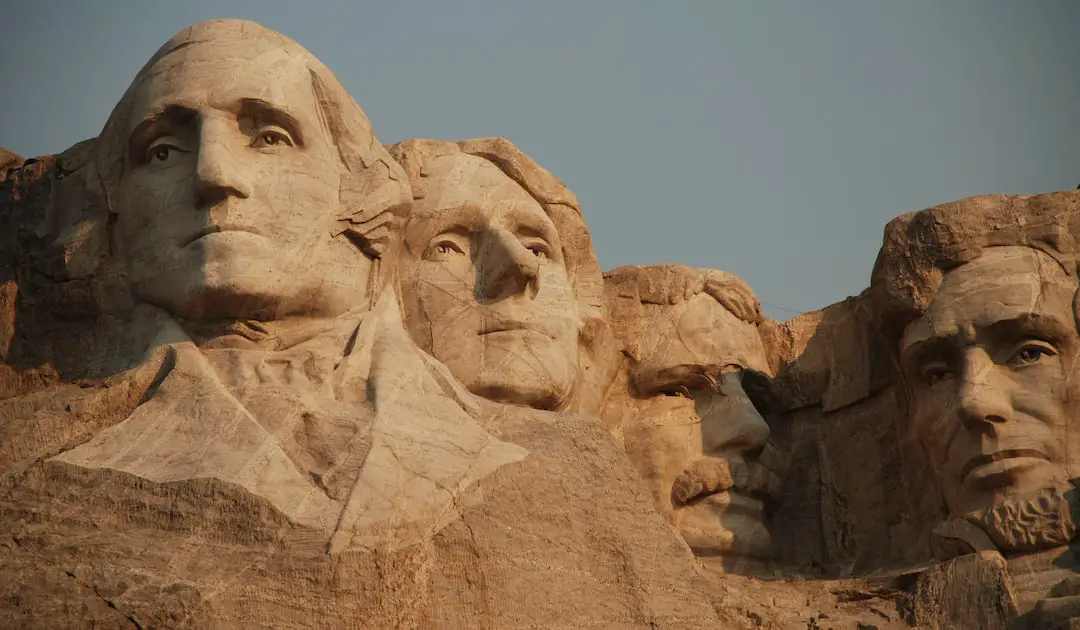
Mount Roraima is a unique natural wonder located on the border of Venezuela, Brazil, and Guyana. It is one of the oldest geological formations on the planet.
What to see or do: Visitors can hike to the top of Mount Roraima and marvel at the breathtaking views of the surrounding wilderness. The mountain is also home to many rare and unique species of plants, birds, and insects.
Don’t miss: The crystal-clear pools and waterfalls located on the mountain. These natural wonders are perfect for swimming and relaxing after a long hike.
Insider travel tips: The best time to visit Mount Roraima is during the dry season from December to April.
Hikers should also be prepared for the challenging terrain and varying weather conditions, and it is highly recommended to hire a local guide.
9. La Gran Sabana
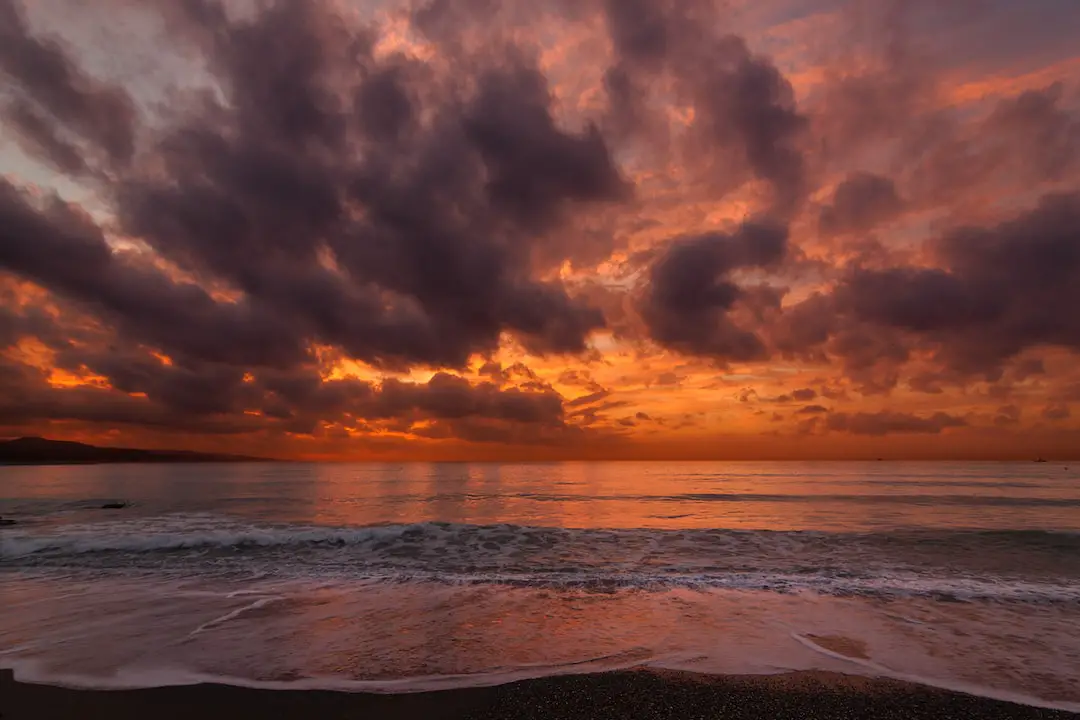
La Gran Sabana is a vast tropical savanna located in southeastern Venezuela, bordering Brazil and Guyana.
What to see or do: The extraordinary natural beauty of La Gran Sabana is unmatched. The area boasts towering waterfalls, vast grasslands dotted with tepuys (table mountains), and diverse flora and fauna.
Don’t miss: A visit to Angel Falls, the world’s highest uninterrupted waterfall, is a must-do activity in La Gran Sabana.
Take a dip in the crystal-clear pools beneath the falls or take a boat ride to get up close to the cascading water.
Insider travel tips: Be prepared for the unpredictable weather in La Gran Sabana, as the area often experiences heavy rainfall and humidity. Bring waterproof gear and insect repellent.
It is also recommended to hire a local guide to fully experience and appreciate the wonders of this breathtaking natural landscape.
10. Mochima National Park
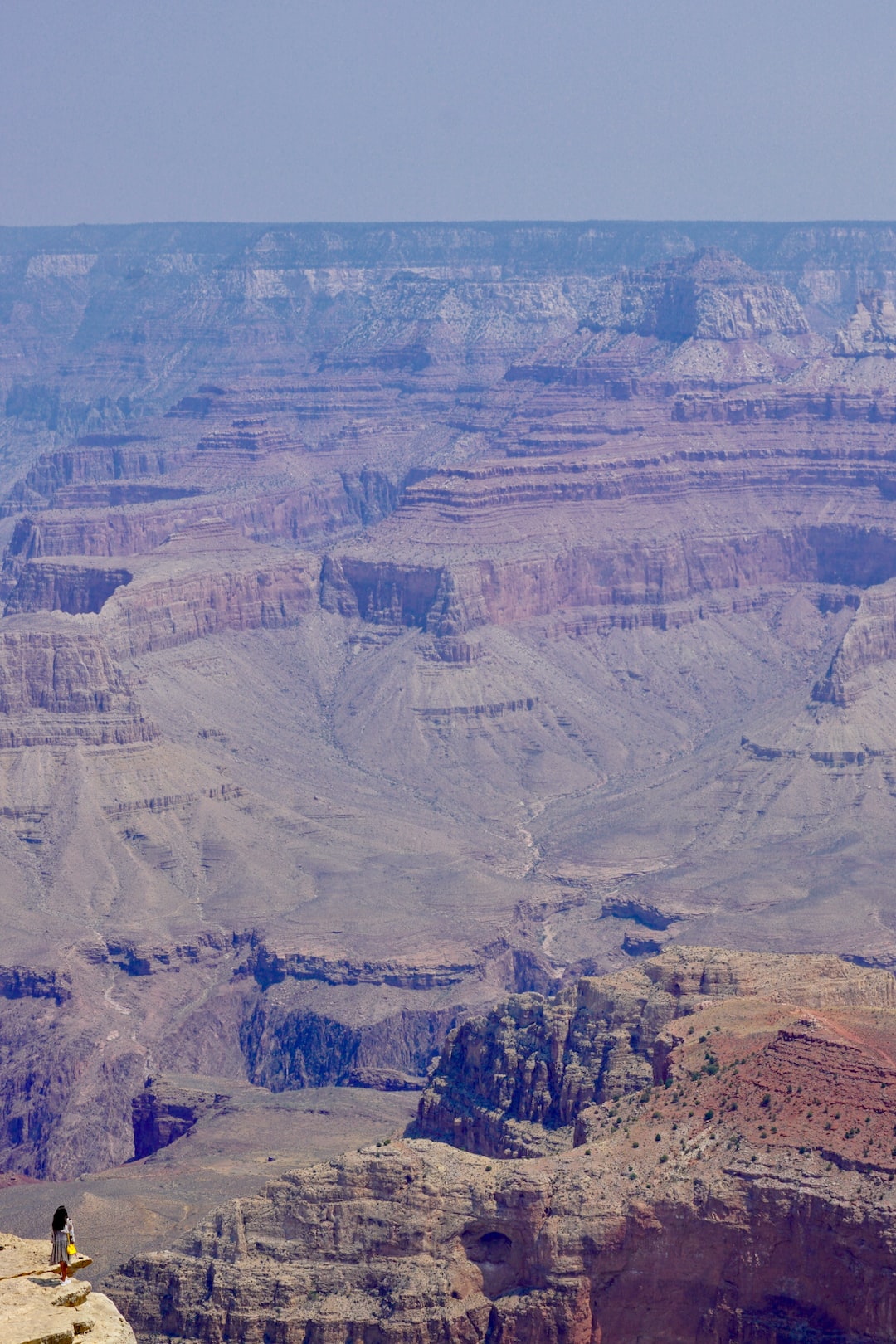
Mochima National Park is a stunning protected area on the northeastern coast of Venezuela, covering over 94,000 hectares of land, including both land and sea.
What to see or do: Visitors can enjoy a variety of activities, including hiking, swimming, snorkeling, and diving at some of the most beautiful and secluded beaches in Venezuela.
There are also opportunities for fishing, boating, and wildlife spotting.
Don’t miss: A visit to Isla de Plata, known for its stunning beaches and crystal-clear waters, as well as the opportunity to see dolphins, sea turtles, and colorful tropical fish.
The park’s impressive coral reefs offer some of the best snorkeling and diving in the country, with a diverse array of marine life to be explored.
Insider travel tips: – Be sure to bring your own equipment for outdoor activities, including snorkeling and diving gear, as rentals can be limited.
11. Avila National Park
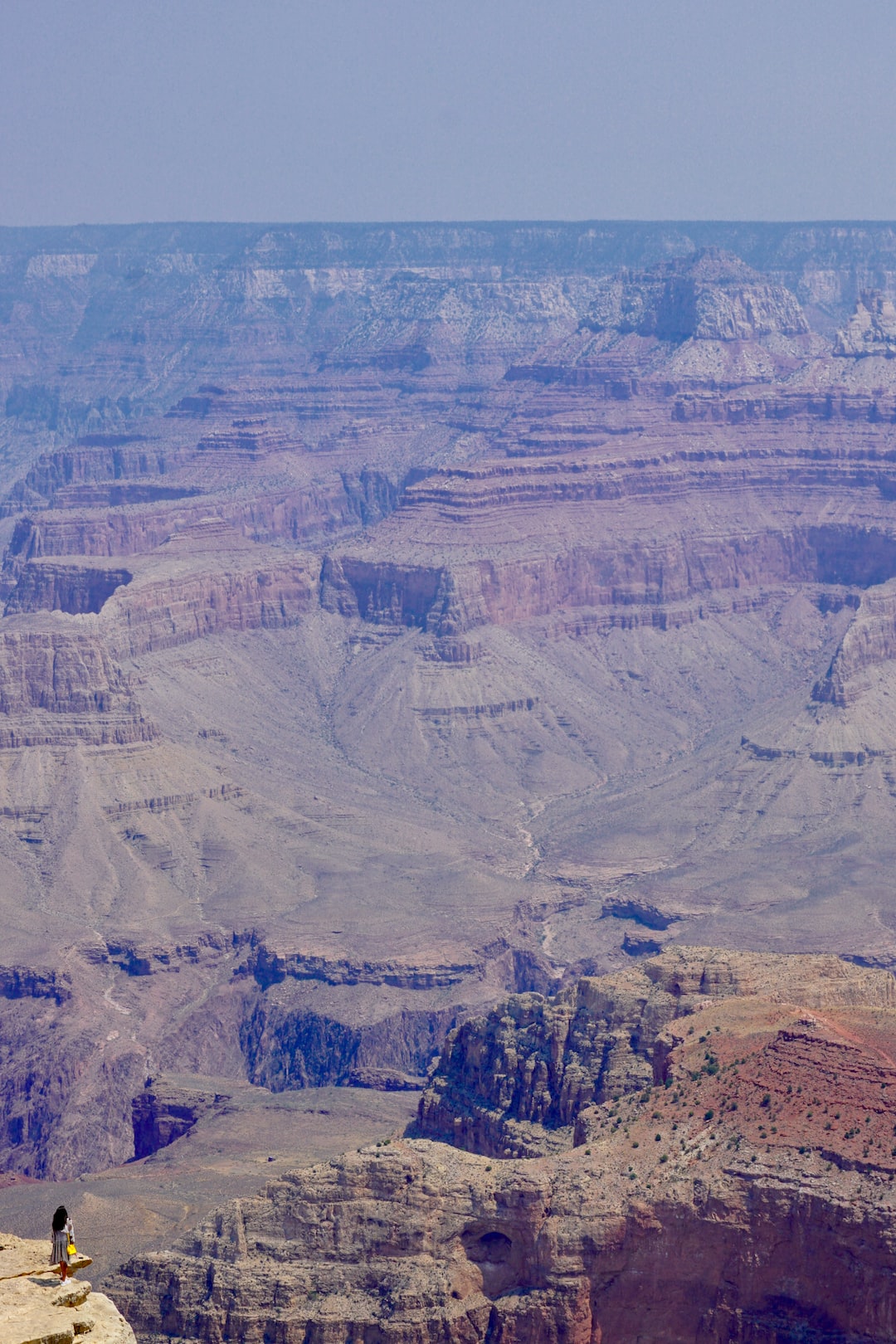
Avila National Park is a protected area situated near the capital city of Caracas in Venezuela.
The park covers an area of 81,900 acres and is one of the most important areas of biodiversity in the Caribbean region.
What to see or do: The park offers a wide variety of activities for visitors such as hiking trails, bird watching, and camping.
One of the main attractions is the Teleférico de Caracas, a cable car that takes you up to the top of Cerro El Avila where you can enjoy breathtaking views of the city and the Caribbean Sea.
Don’t miss: Don’t miss the opportunity to hike to the Humboldt Peak, which is the highest point of the park at 9,215 feet.
It is recommended to go with a guide and to be prepared for the altitude and low temperatures.
Insider travel tips: – Visit the park during the dry season, which runs from December to April, to enjoy the best weather conditions.
12. Caracas Cable Car (Teleferico)

A cable car system that offers stunning views of the city of Caracas, Venezuela.
What to see or do: Take a 30-minute ride on the cable car to the top of the Avila Mountain, which sits at an elevation of over 2,700 meters, for panoramic views of the city and the Caribbean Sea.
At the top, enjoy hiking trails, restaurants, souvenir shops, and a small amusement park.
Don’t miss: The incredible views of the city and the Caribbean Sea from the top of the Avila Mountain.
Insider travel tips: Try to avoid going on weekends as it gets very crowded.
It’s important to note that the cable car has been known to close down in bad weather, so check the forecast before you go.
Also, be sure to bring warm clothing as temperature drops significantly as you climb the altitude.
13. Cathedral of Santa Ana – Coro
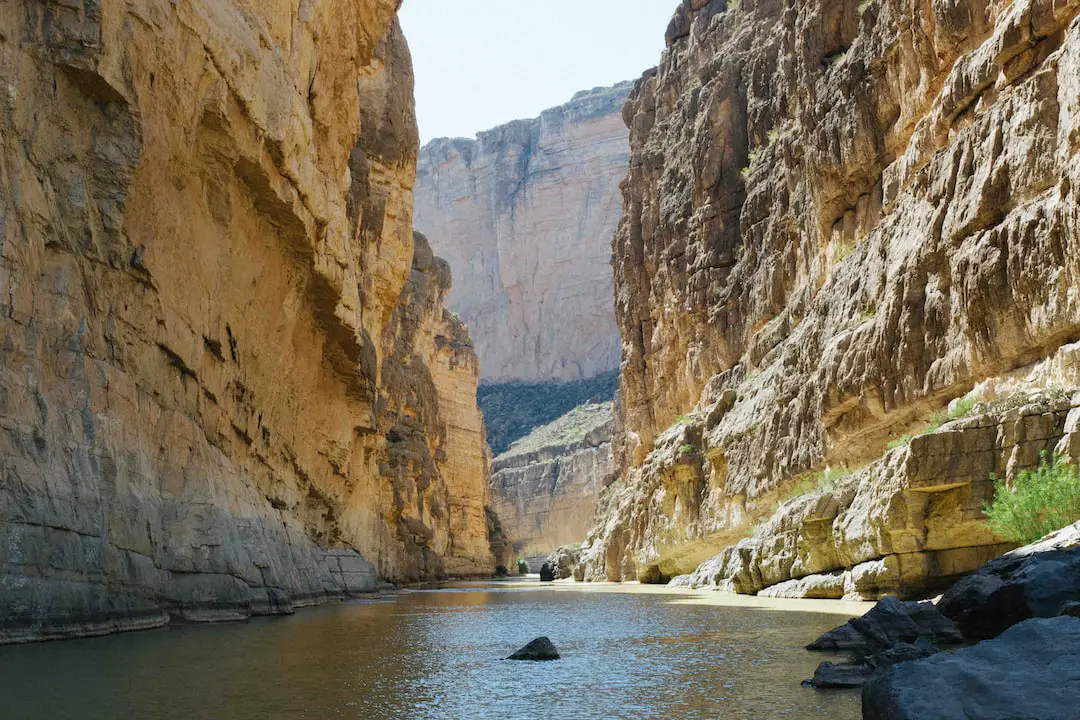
The Cathedral of Santa Ana is a beautiful colonial-era church located in the historic town of Coro in Venezuela.
What to see or do: The cathedral boasts impressive architecture dating back to the 16th century and features intricate and ornate decorations.
Visitors can take in the stunning views of the church’s facade, which is decorated with sculptures of biblical characters, angels, and saints.
Inside, the interiors are adorned with oil paintings, frescoes, and sculptures.
Don’t miss: Don’t miss the chance to see the church’s impressive central nave, which is decorated with a stunning domed ceiling that creates an awe-inspiring atmosphere.
Visitors can also explore the various side chapels, each hosting a unique collection of artwork and intricate details.
Insider travel tips: To gain an even deeper appreciation of the cathedral’s history and architecture, consider hiring a local guide who can offer insightful commentary and anecdotes.
Also, be sure to check out the cathedral’s schedule of events, including religious ceremonies and concerts, which can add an extra layer of magic to your visit.
14. Casa Natal & Museo Bolivar – Caracas

Casa Natal & Museo Bolivar is a museum dedicated to the life and legacy of Simon Bolivar, a Venezuelan military and political leader who played a pivotal role in the liberation of several South American countries from Spanish rule.
What to see or do: Visitors can explore the museum’s extensive collections which include personal belongings, documents, and artifacts related to Bolivar and his contemporaries. The museum also features interactive exhibits, films, and artwork that help to contextualize Bolivar’s contributions.
Don’t miss: Don’t miss the chance to see a life-size reproduction of the famous portrait of Bolivar, painted by Tito Salas.
Also, make sure to visit the room where Bolivar was born and see the interactive map detailing his many military campaigns.
Insider travel tips: It’s worth hiring a guide to get a more in-depth understanding of Bolivar’s life and the history of Venezuela. Be sure to wear comfortable shoes as there is a lot of walking involved.
And if you visit during the hot summer months, bring plenty of water and sunscreen.
15. Los Llanos

Los Llanos is a vast tropical grassland plain in Venezuela, covering an area of approximately 365,000 square kilometers.
What to see or do: Los Llanos is renowned for its wildlife and offers a unique opportunity to witness some of the most remarkable fauna in South America, including capybaras, anacondas, jaguars, caimans, and a staggering variety of bird species.
Visitors can explore the Great Plains either by horseback riding, taking a 4×4 safari tour or taking a riverboat ride to observe the wildlife.
Don’t miss: One of the highlights of Los Llanos is witnessing the natural phenomenon of thousands of ‘ciccarones’, which are brightly colored parakeets roosting in trees in the evening.
Insider travel tips: It’s recommended to visit between November and March as it’s the dry season and wildlife is more visible.
Since it’s an off-the-beaten-path destination, it’s best to book your tour with reputable operators and have knowledgeable guides to get the most out of your visit.
16. Medanos de Coro National Park
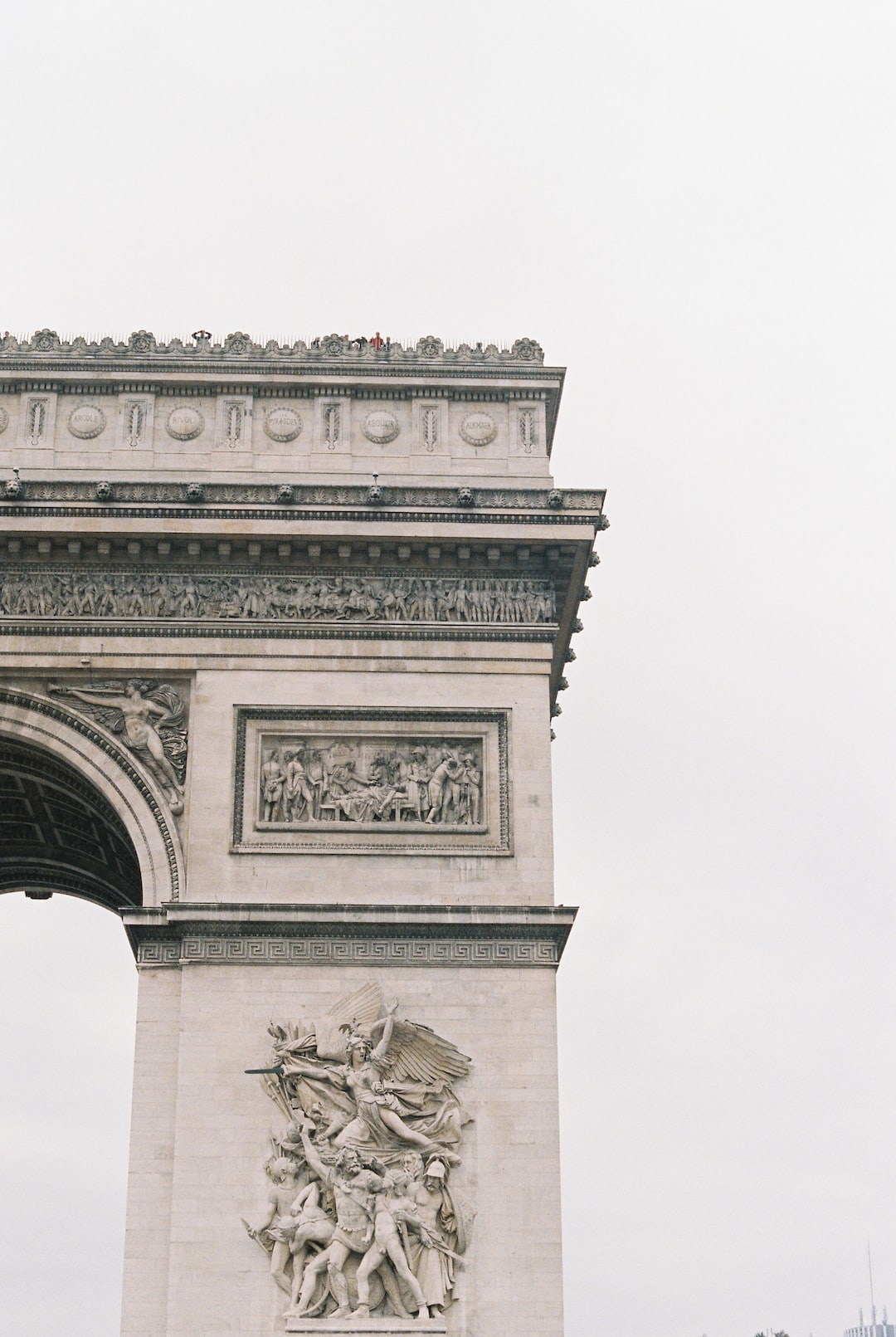
Medanos de Coro National Park is a natural treasure of Venezuela, featuring vast sand dunes and unique vegetation.
What to see or do: Visitors to the park can go sandboarding, take a hike through the dunes, marvel at the contrasting colors of the desert landscape, or relax and soak up the sun on the beach.
Don’t miss: Don’t miss the chance to climb to the top of one of the dunes for a spectacular panoramic view of the entire park.
Insider travel tips: Be sure to bring sunscreen and plenty of water as the area can get very hot. Also, consider visiting during the week when it’s less crowded.
Finally, if possible, hire a local guide to learn more about the park’s unique ecosystem and history.
17. Laguna de Mucubaji
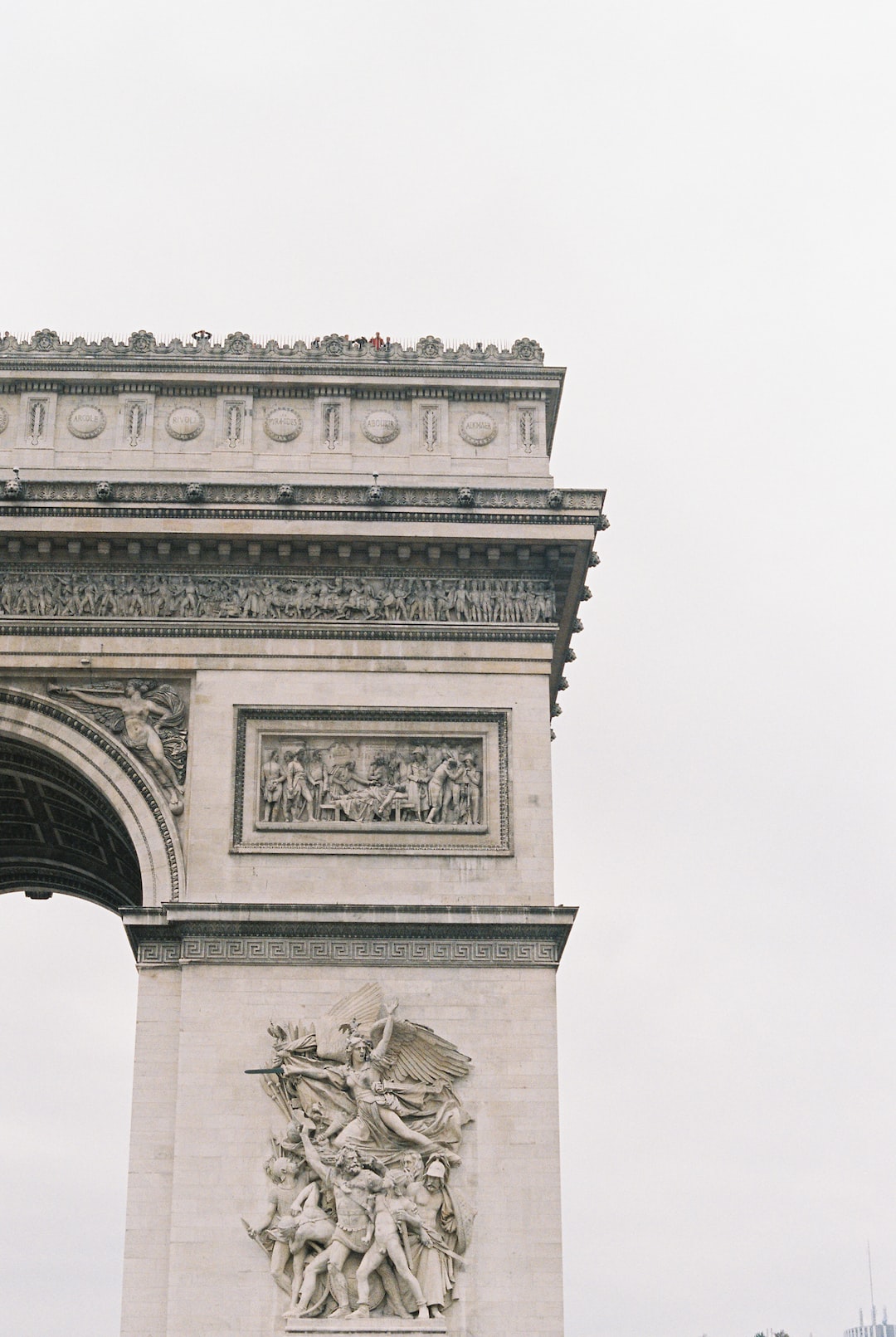
Laguna de Mucubaji is a stunning glacial lake located in Merida, Venezuela. It is situated at an altitude of 3,500 meters above sea level in the Sierra Nevada National Park.
What to see or do: Visitors can admire the breathtaking scenery of the lake, surrounded by mountains, valleys and Andean forests.
The area is home to an abundance of flora and fauna, including rare species of birds such as the merida’s flowerpiercer.
Don’t miss: Make sure to take a hike around the lake, where you will discover stunning landscapes, and enjoy the fresh air and peaceful environment.
Don’t forget to bring your camera to capture unforgettable moments.
Insider travel tips: – The best time to visit is during the dry season, from November to April.
18. Pico Bolivar
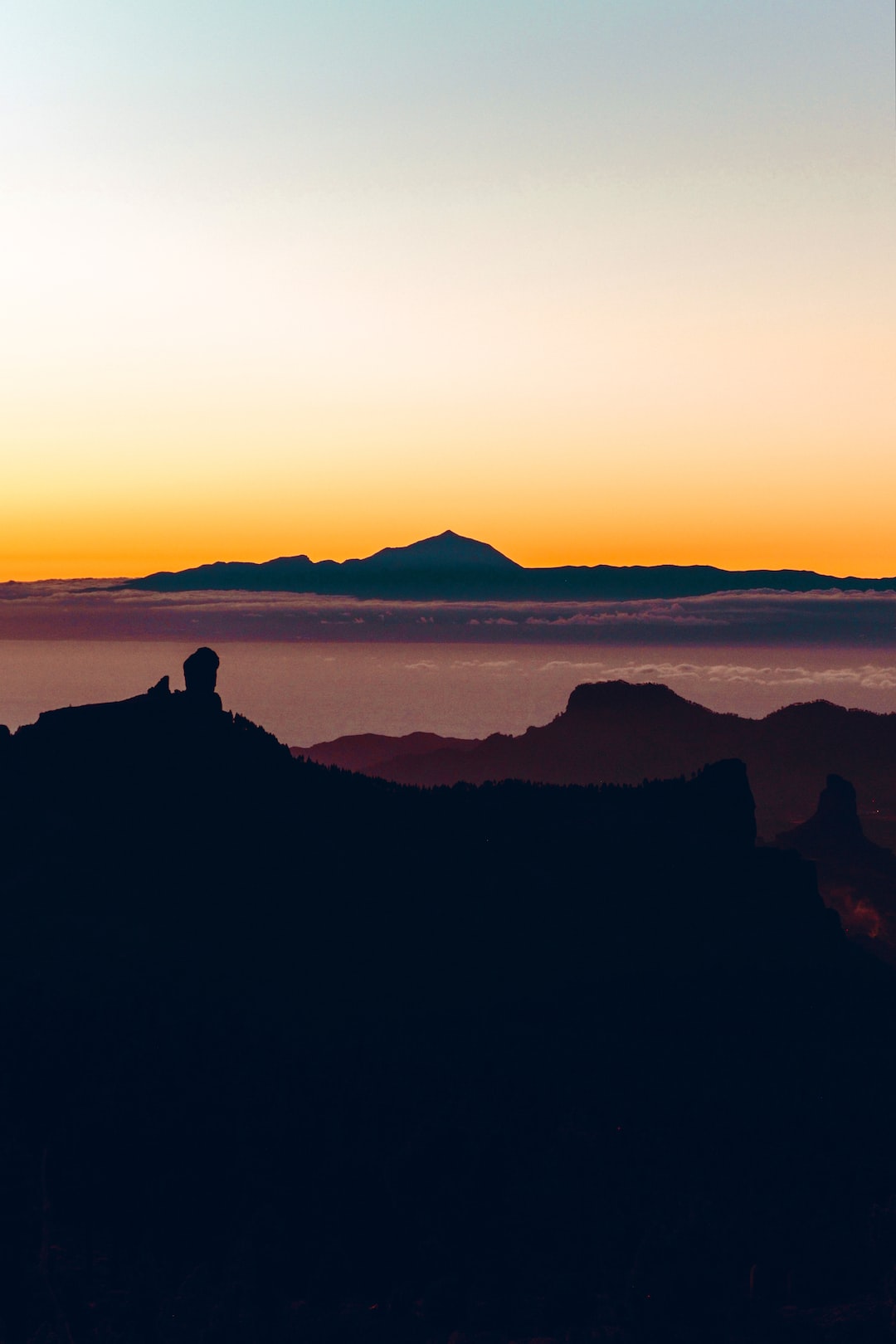
Pico Bolivar is the highest peak in Venezuela, located in the Merida Andes mountain range.
What to see or do: Visitors can hike to the summit of Pico Bolivar and enjoy breathtaking views of the surrounding landscape.
The mountain is also home to a number of diverse plant and animal species, making it a popular destination for nature lovers and adventure seekers.
Don’t miss: The cable car ride to the base of the mountain is a must-do experience, providing stunning views of the Andes Mountains and the city of Merida below.
Additionally, visitors shouldn’t miss the opportunity to take a dip in the nearby hot springs after a long day of hiking.
Insider travel tips: Be sure to bring comfortable hiking shoes and warm clothing, as temperatures can drop dramatically at higher elevations.
It’s also recommended to acclimate to the altitude by spending a day or two in the city of Merida before attempting to climb the mountain.
And don’t forget to bring plenty of water and snacks for the hike!
19. Tepui Roraima
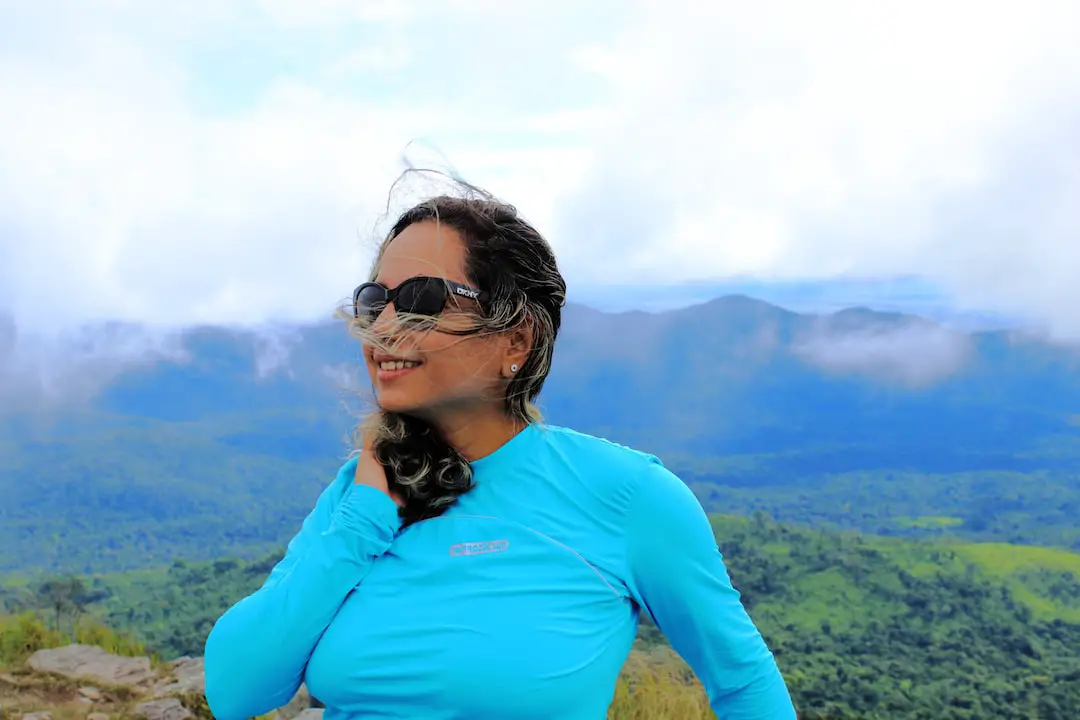
A massive tabletop mountain, located on the border of Venezuela, Guyana, and Brazil, and known as the inspiration for Sir Arthur Conan Doyle’s novel “The Lost World.
What to see or do: Visitors can embark on a challenging multi-day trek to reach the summit of the Tepui Roraima, which involves hiking through dense forests and overcoming steep rock faces.
The views from the top are truly breathtaking, with stunning panoramas of the surrounding lowlands.
Don’t miss: The “Window,” a natural formation on the summit that offers sweeping views of the jungle landscape below.
Visitors can also explore the fascinating flora and fauna of the Tepui, which includes unique species found nowhere else in the world.
Insider travel tips: Be sure to bring sturdy hiking boots and warm clothing for the chilly night temperatures on the summit. It’s also recommended to hire a local guide who is experienced in navigating the challenging terrain.
20. San Juan de los Morros
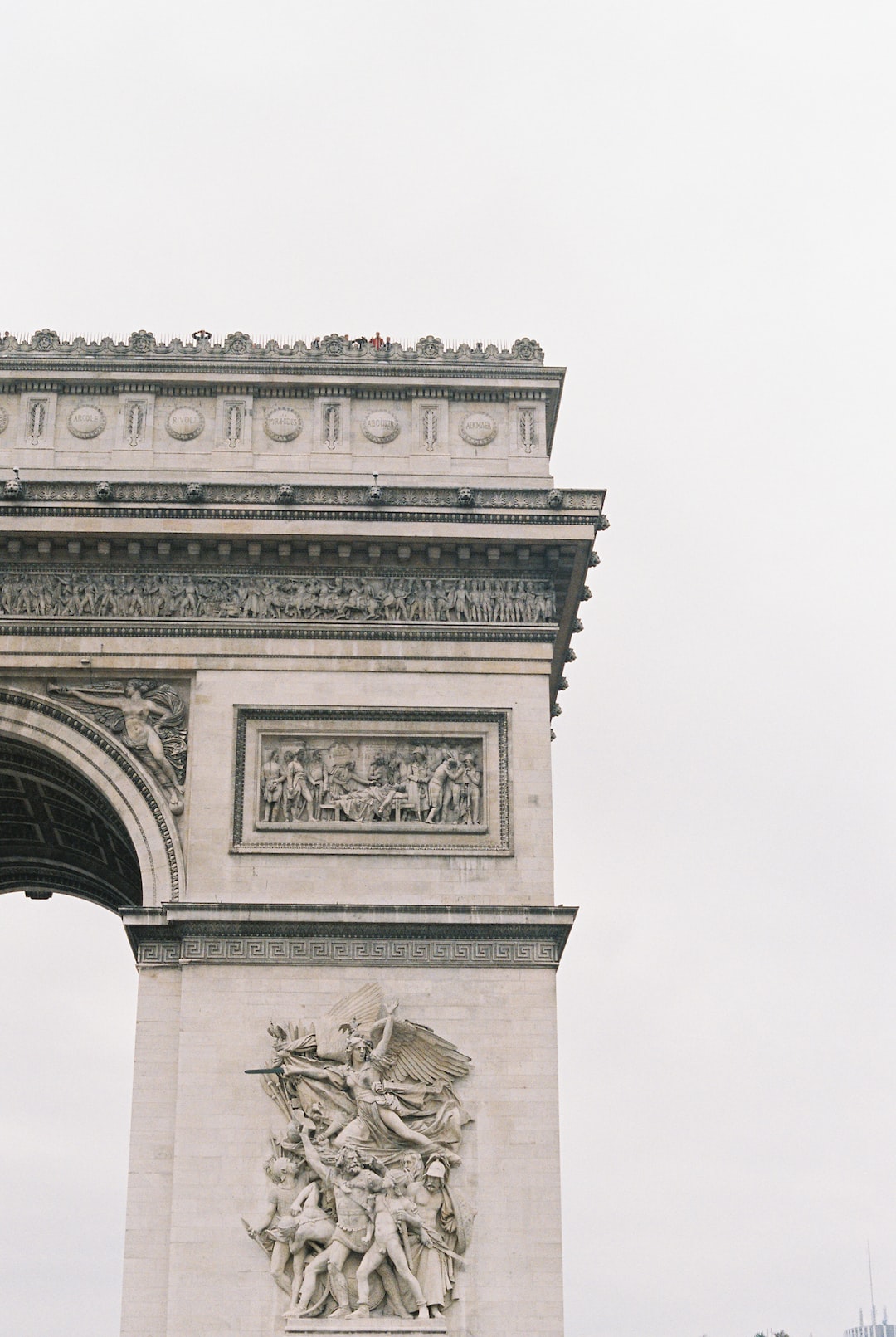
A city located in the central region of Venezuela, known for its beautiful landscapes and pleasant climate.
What to see or do: Take a stroll in the city’s main square, Plaza Bolivar, and admire the historic architecture. Visit the Museo de San Juan de los Morros to learn about the city’s rich cultural heritage.
Explore the nearby natural attractions, such as the Aguaro-Guariquito National Park and the Las Tetas de Maria Guevara mountains.
Don’t miss: Trying the local cuisine, particularly the arepas and empanadas. Take a dip in the relaxing hot springs of Las Trincheras.
Insider travel tips: Be aware of the local currency exchange rate and bring cash, as many places do not accept credit cards. The city can get quite hot during the day, so bring sunscreen and a hat.
Hire a local guide to explore the area and ensure your safety.
21. Cueva del GuAcharo National Park
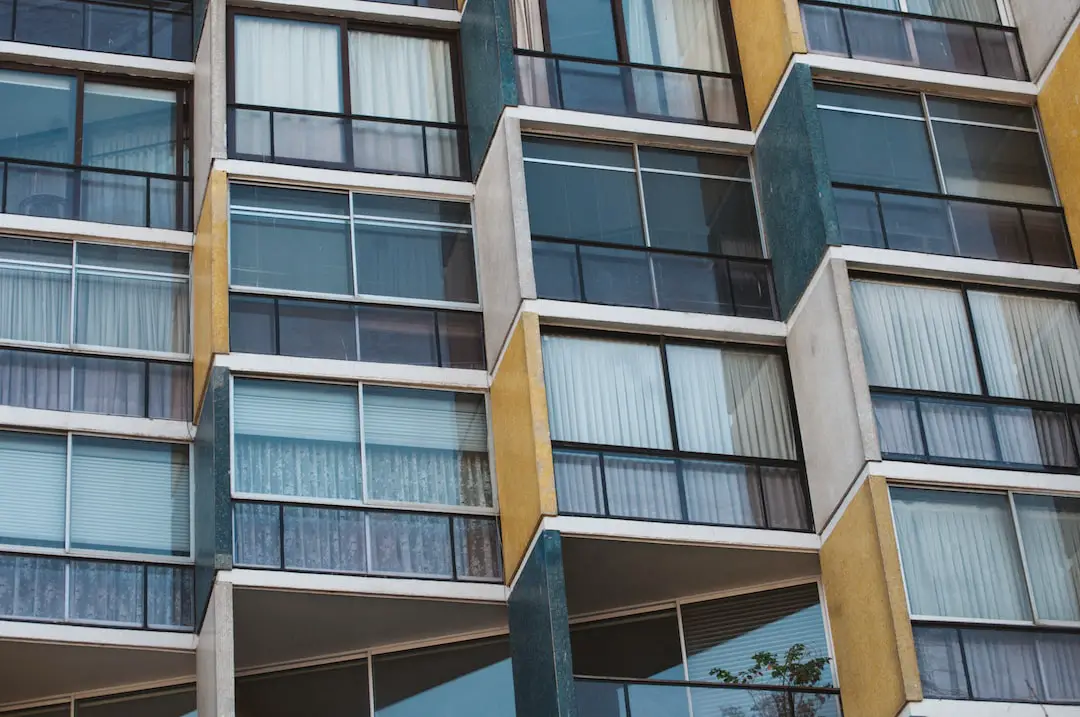
Cueva del Guácharo National Park is located in the south of Venezuela and is home to a 10-kilometer-long limestone cave.
What to see or do: The main attraction of the park is the Cueva del Guácharo, where visitors can take a guided tour to explore the limestone formations, stalactites and stalagmites.
The park is also home to a diverse range of flora and fauna, including the Guácharo bird, which is only found in this region.
Don’t miss: Make sure to take a guided tour of the Cueva del Guácharo to fully experience the stunning natural wonders in the cave.
Also, don’t miss the opportunity to spot the Guácharo bird, which is known for its distinctive call and nocturnal habits.
Insider travel tips: – Make sure to bring appropriate clothing and footwear as the cave can be damp and slippery.
22. El Avila National Park
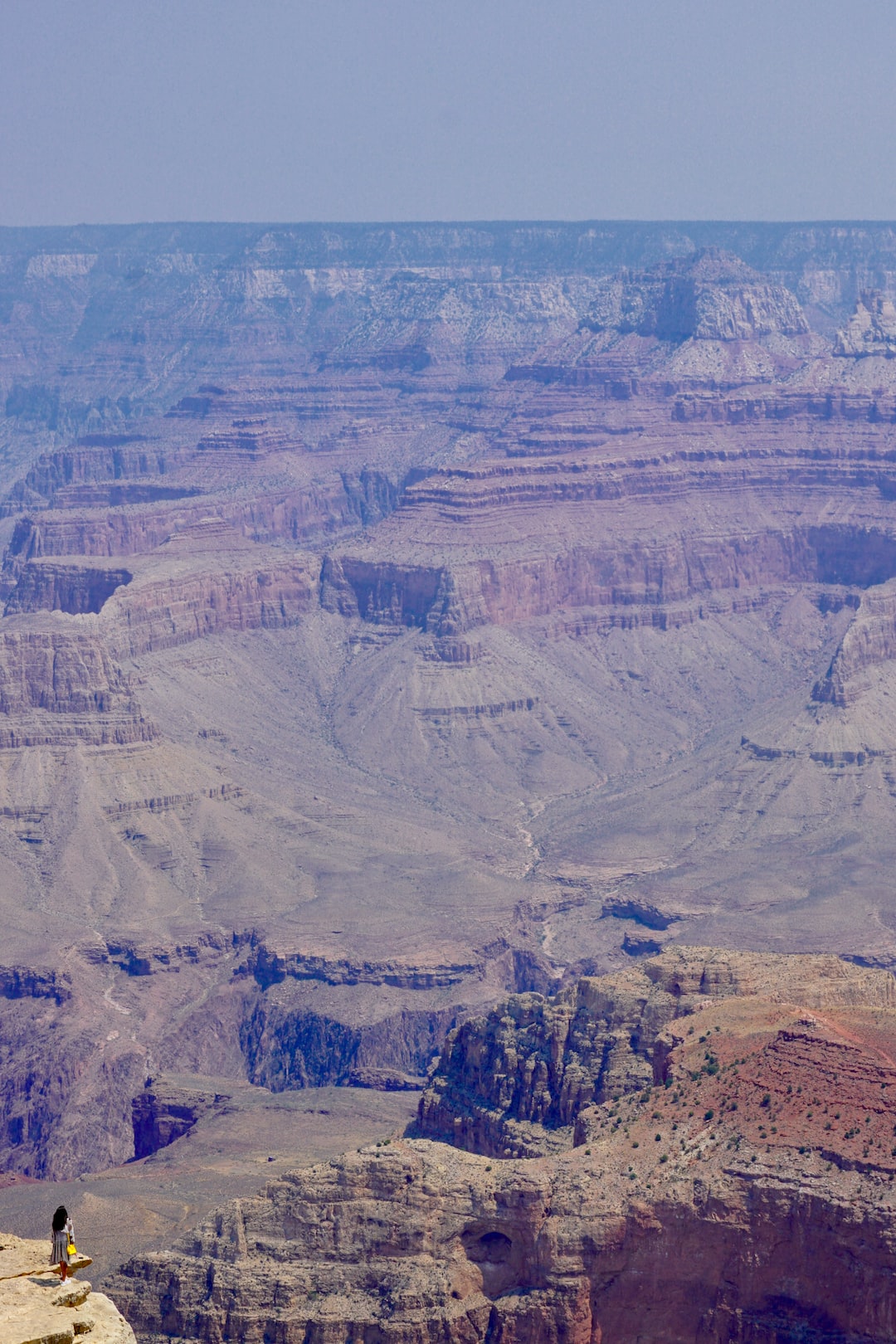
El Avila National Park is a vast protected area located just north of Caracas, Venezuela.
What to see or do: The park offers a wide range of activities, such as hiking, bird-watching, mountaineering, and picnicking.
There are several trails within the park that lead to stunning views of the Caribbean Sea and the city of Caracas.
Don’t miss: The cable car ride that takes visitors to the peak of the mountain, offering a breathtaking panoramic view of the city.
Insider travel tips: It is recommended to bring plenty of water and snacks as there are limited facilities within the park. Additionally, visitors should be aware of the park’s altitude and bring appropriate clothing and sun protection.
Finally, it’s best to visit during the week to avoid crowds.
23. Bolivar Square – Caracas
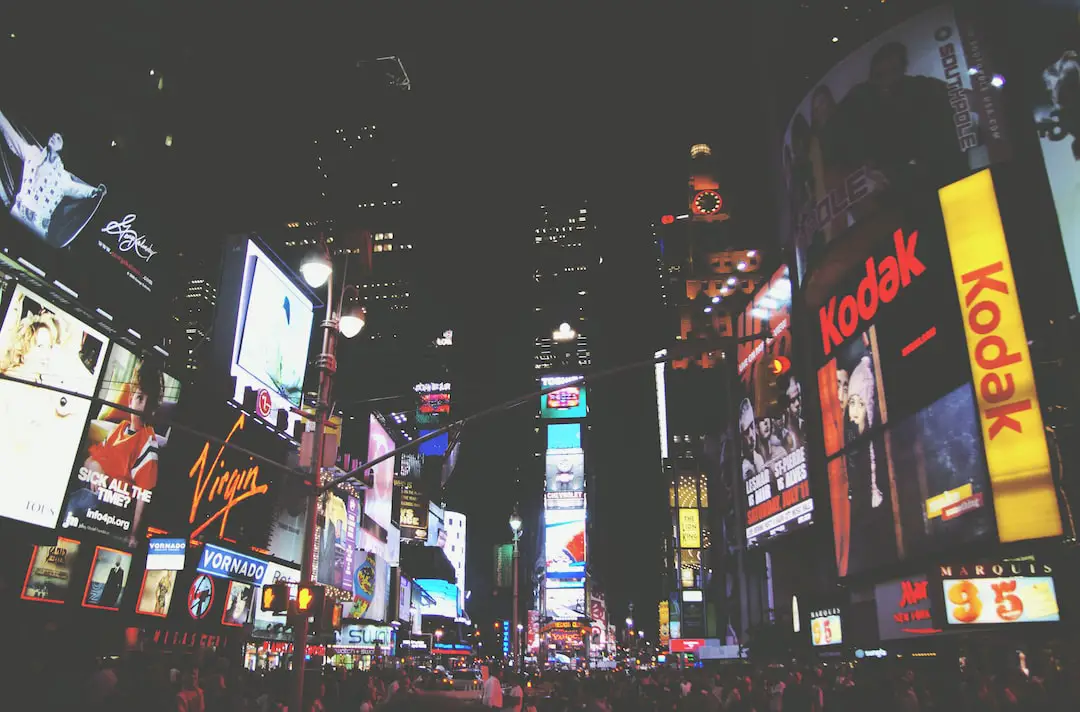
Bolivar Square is a historic public square located in the heart of Caracas, Venezuela.
What to see or do: Visitors can explore the impressive statue of Simon Bolivar located at the center of the square, which is the tallest statue in South America.
The square is surrounded by beautiful colonial buildings, including the National Capitol and the Caracas Cathedral.
Don’t miss: You can’t miss the changing of the guards ceremony that takes place daily in front of the National Capitol building. It’s a beautiful display of military precision and honor.
Insider travel tips: Be sure to bring sunscreen and water, as the square can become very hot during the day. It’s also recommended to visit the square with a guided tour to learn more about its historical and cultural significance.
24. National Pantheon of Venezuela
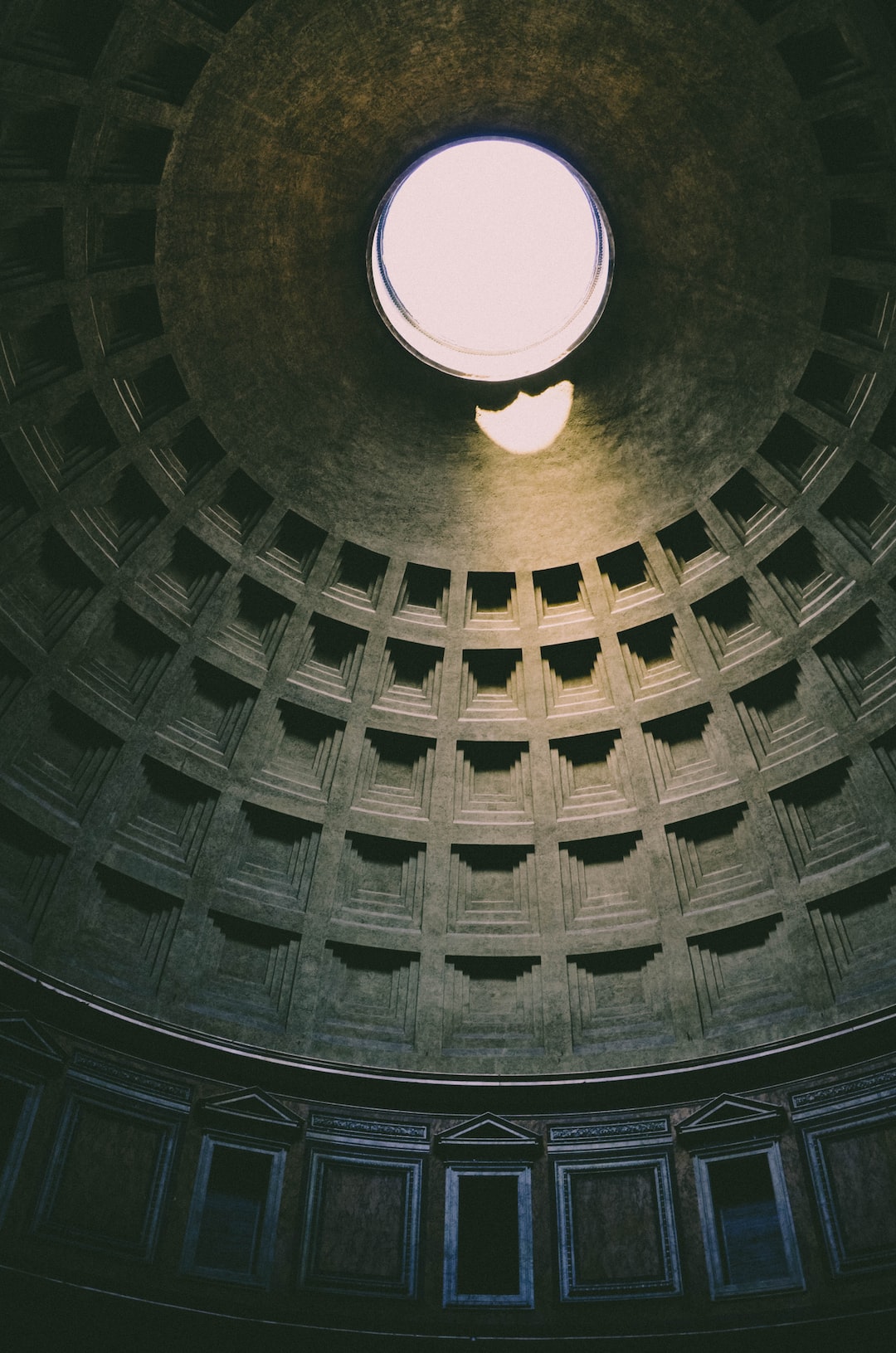
The National Pantheon of Venezuela is a historic and cultural landmark in Caracas, Venezuela.
It serves as a final resting place for many of Venezuela’s most prominent figures, including Simon Bolivar, the country’s liberator and founding father.
What to see or do: Visitors can explore the impressive neoclassical architecture and intricate marble sculptures that adorn the interior of the Pantheon. You can also learn about the history of Venezuela through the various exhibits and artifacts on display.
Don’t miss: A visit to the tomb of Simon Bolivar, one of the most important figures in Venezuela’s history, is a must-see. Also, don’t miss the Hall of Heroes, where the remains of other influential figures in Venezuelan history are interred.
Insider travel tips: Be sure to take a guided tour to fully appreciate the significance and history of the National Pantheon. Additionally, make sure to dress appropriately, as the Pantheon is a place of great importance and respect in Venezuelan culture.
You may also want to visit during off-peak hours to avoid crowds.
25. Plaza Francia de Altamira
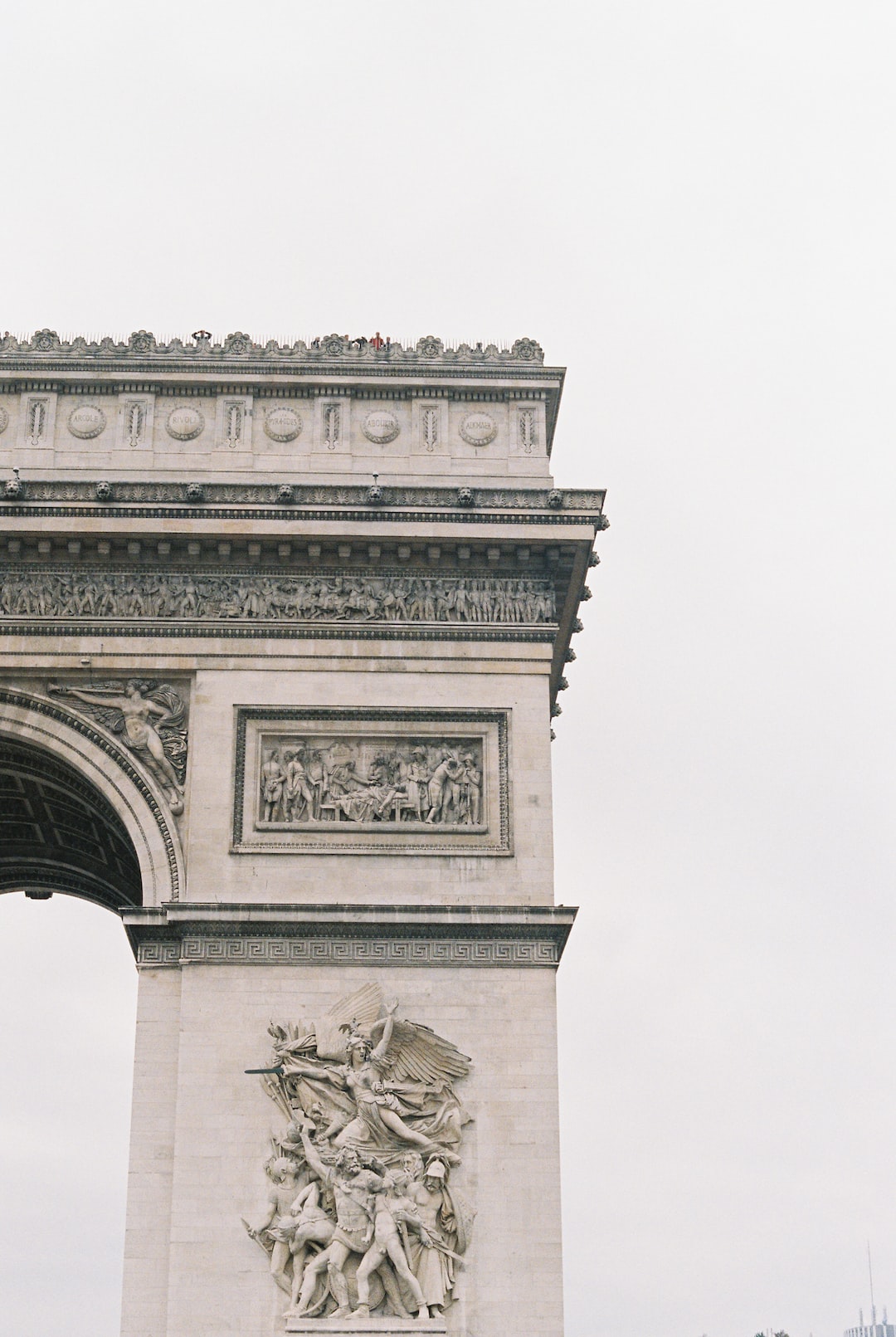
Plaza Francia de Altamira is a public square located in the affluent Altamira neighborhood of Caracas, Venezuela.
What to see or do: Visitors can wander the square and take in the beautiful sculptures, including the impressive “Altamira Monument” by Venezuelan artist Alejandro Colina.
The square is surrounded by trees and benches, making it a perfect place to relax and people watch. There are also many restaurants and cafes in the surrounding area.
Don’t miss: Check out the stunning views of the city from the top of the hill where the square is located, especially at sunset.
The square also hosts various cultural events such as concerts and exhibitions throughout the year.
Insider travel tips: Be aware that the area can get crowded, especially on weekends. It’s recommended to visit during the weekdays for a more peaceful experience.
Additionally, it’s important to always be mindful of your surroundings and keep valuables close, as the surrounding neighborhood has experienced some incidents of crime in the past.
26. Teresa Carreño Cultural Complex

The Teresa Carreño Cultural Complex is a prestigious arts center located in Caracas, Venezuela.
What to see or do: Attend a performance at one of the four halls within the center, including the Main Hall that seats over 2,000 people.
Visit the Art Center, which houses an impressive collection of Venezuelan art, including works by famous artists such as Armando Reverón and Jesús Soto.
Don’t miss: The gorgeous murals by artist Alejandro Otero, located in the entrance hall of the cultural complex.
Insider travel tips: Visit the complex during a festival or special event to experience the full scope of what it has to offer. Purchase tickets well in advance for performances, as they often sell out quickly.
27. Caracas Museum of Fine Arts
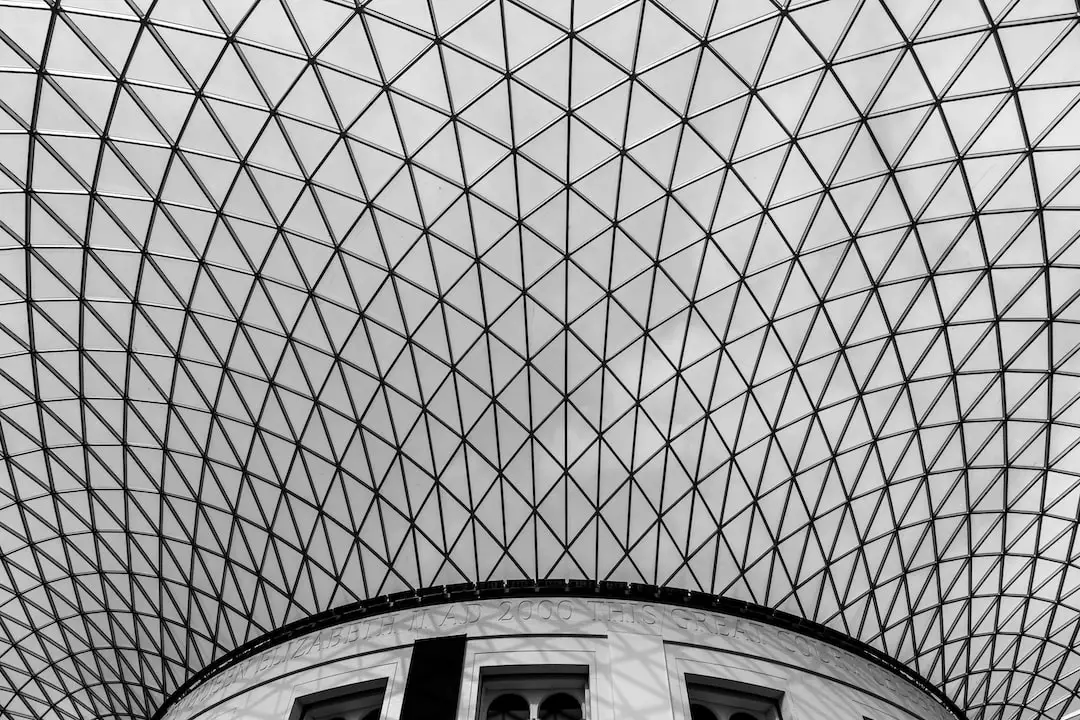
The Caracas Museum of Fine Arts is a famous art museum located in Venezuela’s capital, Caracas.
What to see or do: The museum features an impressive collection of Venezuelan and international art, with works from famous artists such as Henri Matisse, Pablo Picasso, and Diego Rivera.
Visitors can explore several exhibition halls which showcase different art styles and periods, including modern and contemporary art.
Don’t miss: One of the highlights of the museum is its Venezuelan art collection, which includes works from renowned artists such as Armando Reverón and Arturo Michelena.
Also, make sure to check out the museum’s sculpture garden, which features works by local and international artists.
Insider travel tips: – The museum offers free admission, making it a great budget-friendly option for art lovers.
28. Los Teques Cable Car

Los Teques Cable Car is a mode of transportation located in Caracas, the capital city of Venezuela.
What to see or do: The cable car ride takes visitors up the breathtaking Avila Mountain, providing a panoramic view of Caracas and its surrounding areas.
Don’t miss: The cable car ride itself is the main highlight, but once you reach the top of the mountain, you can explore the natural beauty of the mountain and visit the cafes and restaurants for some delicious food and drinks with a view.
Insider travel tips: It is advised to take the cable car during the daytime for a better view. Also, ensure to carry warm clothing as it can get chilly at the top of the mountain.
Avoid carrying any valuable items with you and be aware of pickpockets.
29. El Hatillo Village
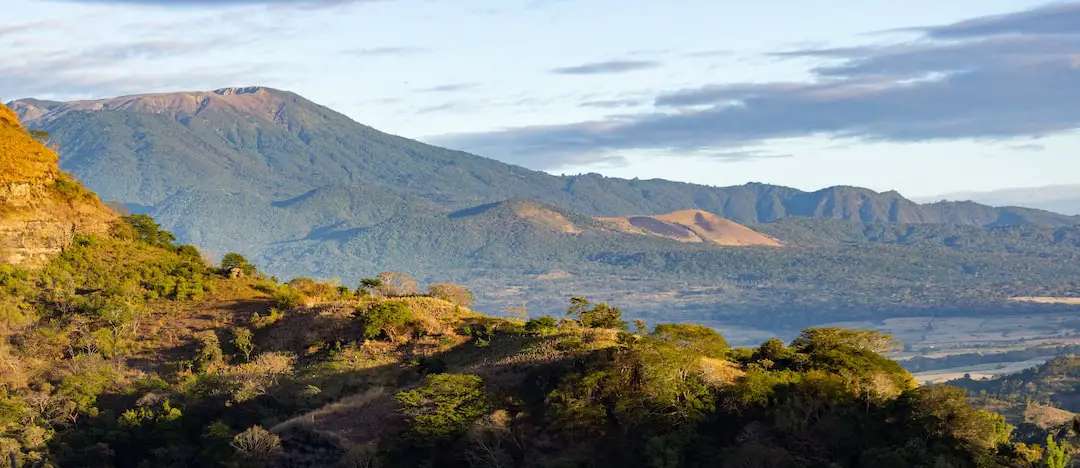
El Hatillo is a charming colonial village located in the outskirts of Caracas, Venezuela.
What to see or do: Stroll around the picturesque town center and admire the colorful colonial buildings, browse the artisan market for locally crafted souvenirs, visit the El Hatillo Museum to learn about the history of the area, and indulge in delicious Venezuelan cuisine at one of the many restaurants and cafes.
Don’t miss: The El Hatillo Cultural Festival takes place annually in November and features traditional music, dance, and food. The El Hatillo Carnival is also a must-see event, with colorful costumes and lively celebrations.
Insider travel tips: Be sure to bring cash, as many establishments do not accept credit cards. It’s also recommended to visit during the daytime hours and take a taxi or private transportation for safety reasons.
💪 Support independent web, support us:
